Ironclad (film)
4.8 /10 1 Votes
43% Rotten Tomatoes Film series Ironclad Duration Language English | 6.2/10 IMDb 42% Metacritic Genre Action, Adventure, History Initial DVD release July 10, 2011 (Poland) Country United KingdomUnited StatesGermany | |||||||||||||||||||||||||||||||||
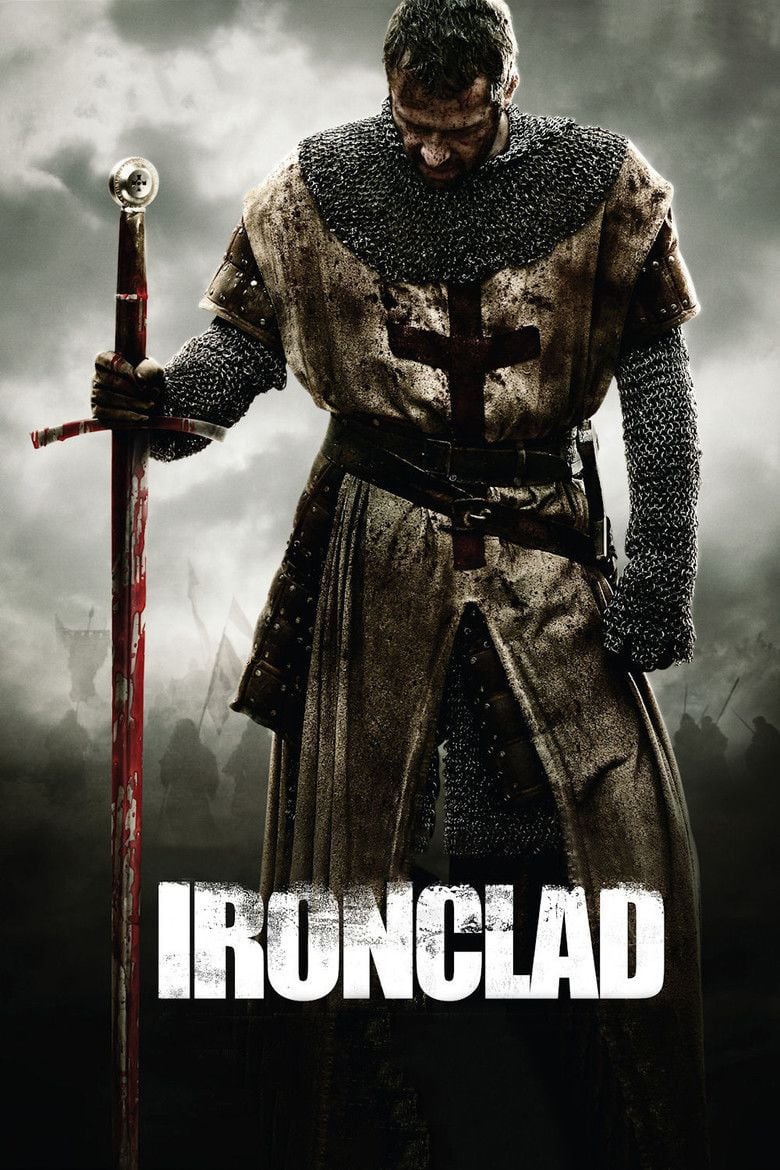 | ||||||||||||||||||||||||||||||||||
Release date 4 March 2011 (2011-03-04) (United Kingdom)26 July 2011 (2011-07-26) (United States) Initial release March 4, 2011 (Republic of Ireland) Cast (Thomas Marshall), (Lady Isabel), (Becket), (King John), (Albany), (Cornhill) Similar movies Blackhat , Mission: Impossible – Ghost Protocol , Season of the Witch , The Matrix Revolutions , Salt , 3 Days to Kill Tagline Heavy metal goes medieval. | ||||||||||||||||||||||||||||||||||
Ironclad 2011 official movie trailer
In the 13th century, a dedicated group of Knights Templar defends Rochester Castle against King John.
Contents
- Ironclad 2011 official movie trailer
- Plot
- Cast
- Production
- Fictional elements
- Similar Movies
- Sequel
- References
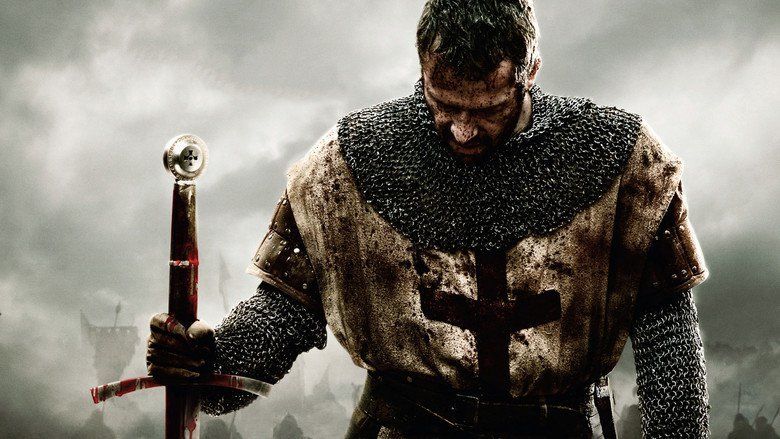
Ironclad is a 2011 adventure film directed by Jonathan English. Written by English and Erick Kastel, based on a screenplay by Stephen McDool, the cast includes James Purefoy, Brian Cox, Vladimir Kulich, Mackenzie Crook, Jason Flemyng, Derek Jacobi and Kate Mara. The film chronicles the siege of Rochester Castle by King John in 1215. The film was shot entirely in Wales in 2009 and produced on a budget of $25 million.
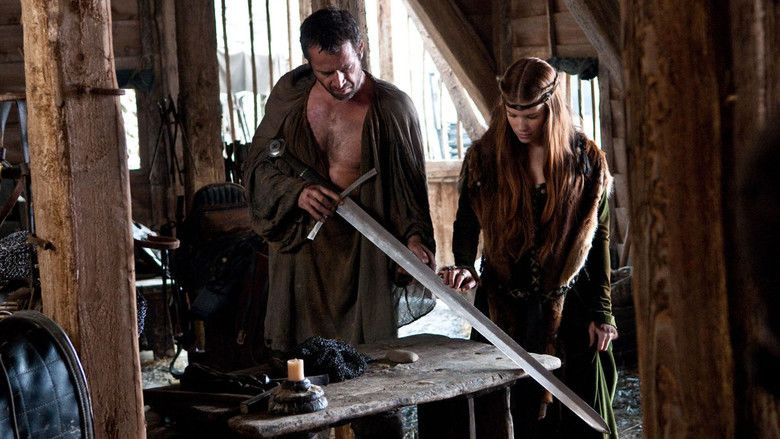
In the year 1215, the rebel barons of England have forced their despised King John to put his royal seal on the Magna Carta, a seminal document that upheld the rights of free men. Yet within months of pledging himself to the great charter, the King reneged on his word and assembled a mercenary army on the south coast of England with the intention of bringing the barons and the country back under his tyrannical rule. Barring his way stood the mighty Rochester castle, a place that would become the symbol of the rebel's momentous struggle for justice and freedom.
Plot
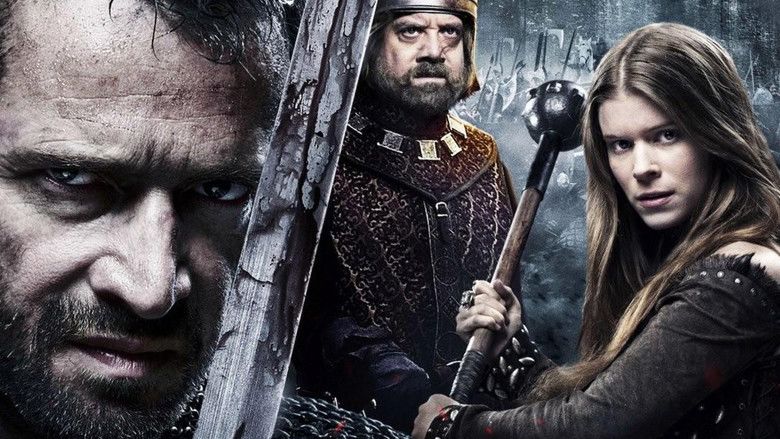
A prologue describes how the barons of England, aided by the Knights Templar, fought against totalitarian King John in a war that lasted more than three years. It ended with the King signing the Magna Carta, a document granting rights to all English freemen; but what followed had yet to be told.
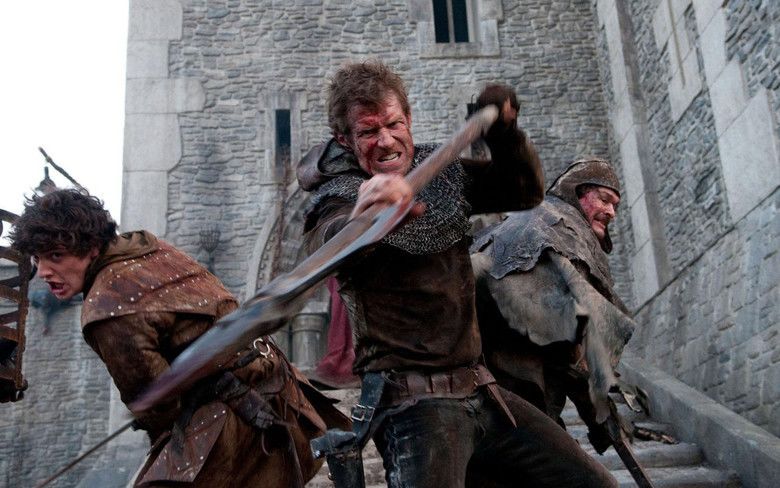
King John regrets succumbing to the pressure of the Barons to sign the Magna Carta. Soon after, he hires an army of Danish mercenaries under the leadership of a warlord, Captain Tiberius, to recapture Johns kingdom under the presumption that the Pope has agreed to keep Christian missionaries out of Denmark.
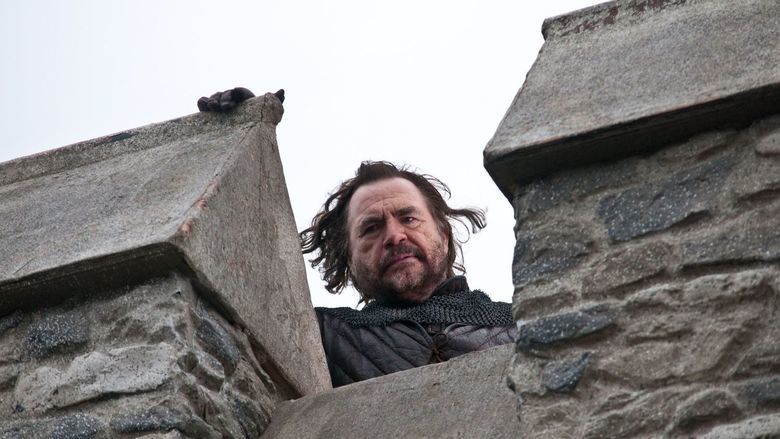
The Abbot Marcus leads three Templar knights (who have taken vows of silence) on a pilgrimage to Canterbury and they take shelter from the rain at Darnay Castle. One of the knights, Thomas Marshall, is assured by the abbot that Marshalls release from the Templar Order will be sought at Canterbury. By morning, King John arrives at the castle with his army and mercenaries. Baron Darnay signed the Magna Carta and in retribution John orders him hanged. The Abbot attempts to intervene and the king orders that the abbots tongue be cut off. Marshall and the two other knights fight the Danes, during which Marshall escapes the castle on horseback carrying the abbot; the two knights left behind are slain. The abbot dies before night of his wound, and Marshall breaks his vow of silence to swear that his sacrifice will not be in vain.
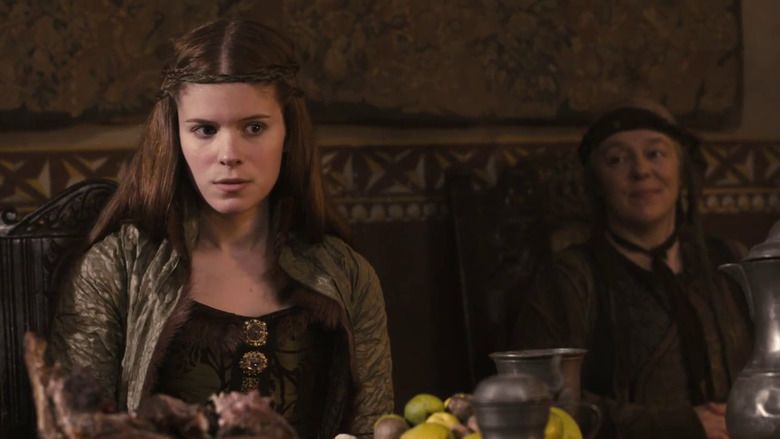
Once he has reached Canterbury, Marshall meets with Archbishop Langton, the author of the Magna Carta, and Baron William dAubigny, a former soldier turned wool merchant. Langton reveals that the Pope has sided with King John and that he himself is to be excommunicated for writing the Magna Carta. The three men agree that John must be stopped, and that the place to do so is Rochester Castle, the seat of Baron Cornhill and a strategic stronghold that controls southern England and allows access to London and the rest of the country.
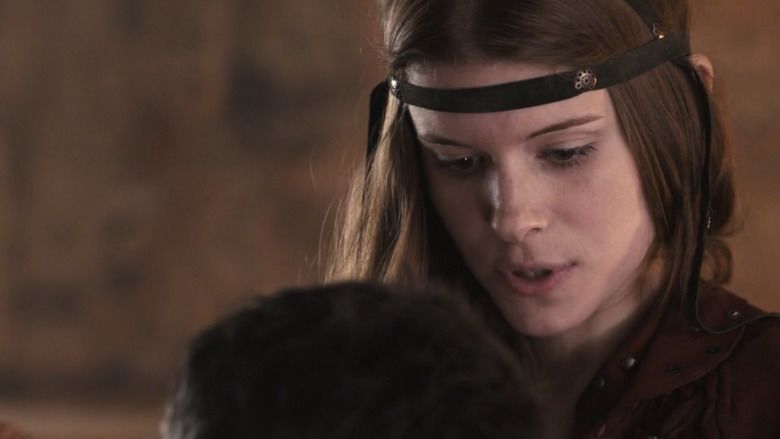
Aubigny persuades three of his men to join him, including his squire Guy, but a fourth turns down the barons call to arms. A party of seven finally leaves for Rochester where, on arriving, they discover six Danish mercenaries have already claimed the castle; the fourth man had betrayed them to the king. Aubignys party fights and kills the Danish and then claim Rochester Castle in the name of the rebellion, much to the displeasure of Cornhill. When Johns army finally arrives and lays siege to Rochester, the garrison holds fast and manages to beat the initial Danish assault. In the aftermath, Aubigny offers his men leave if they wish; none accept.
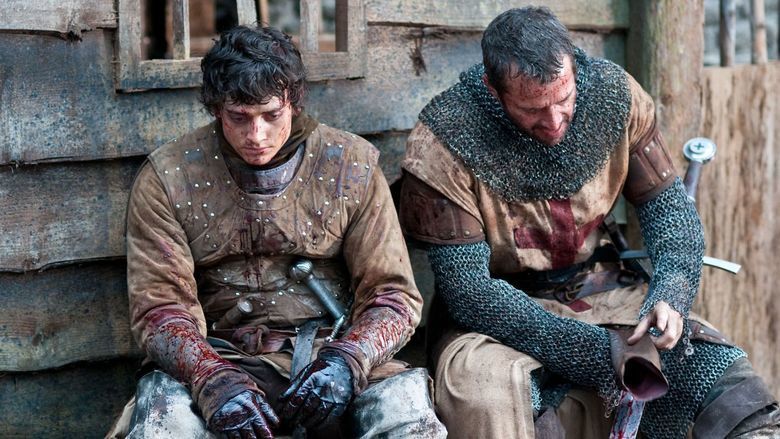
A second assault has the Danes build a siege tower that is, using a trebuchet crafted by the defenders from bits and pieces from within the castle, destroyed and the attackers are repulsed. The Kings forces then attempts to starve the defenders. The Archbishop is informed that Prince Louis is biding his time in France and negotiating with John, and sets off in haste to expedite affairs. As the season turns to winter, the hunger of the castles occupants continue; Marshall leaves the castle under cover of night and then returns ahead of his pursuers with food stolen from the Danish camp. The castle morale is bolstered by Marshalls act and he succumbs to the advances of Cornhills wife Isabel, breaking his Templar vows.
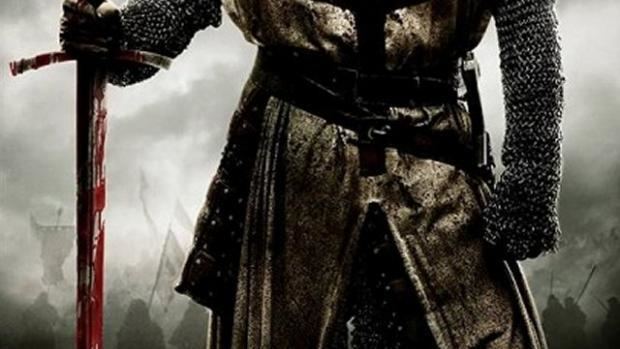
The Danish leader, Tiberius, threatened by John to take the castle or risk the King reneging on their bargain, adopts a different approach in his next assault and manages to sneak a small force of men over the walls before dawn to open the castle gates from within. Guy discovers the infiltrators and sounds the alarm, but it is too late. Tiberius leads the charge into the castle grounds while his Danes slaughter the garrison. During the chaos, dAubigny is wounded and left behind in the chaos of the retreat. Marshall recovers in time to don his knights battle armour and charge the Danes on his war-horse, buying time for the survivors to pull back to the keep.
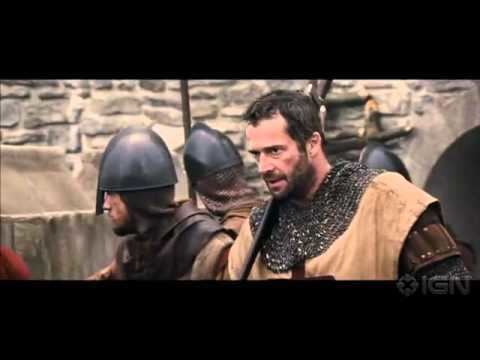
Aubigny is dragged before the King and forced to watch as the hands of two prisoners are chopped off. After a defiant verbal exchange with John, he is subjected to the same fate and then hurled by the castle trebuchet into a keep wall. Cornhill tries to surrender but is stopped, he goes instead upstairs to his bedroom and hangs himself. The royal engineers have been preparing a mine under the keeps foundation, and John has called for a herd of pigs to be brought and put in the mine which is then stoked, set afire and the animal fat used to damage the keeps foundation, causing it to collapse; as the keeps walls come down, the final assault begins.
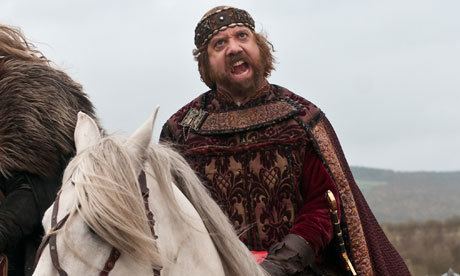
The last defenders are killed except Guy, Isabel and Marshall, the latter knocked unconscious by falling rubble. Guy goes out to die fighting where he encounters Tiberius and is almost killed until a recovered Marshall intervenes. Tiberius challenges Marshall to single combat, and Marshall triumphs after a long and savage duel. Horns are heard in the distance as the combined English rebel and French army arrives at last, and John and the remaining Danes disperse in panic. Marshall meets Prince Louis and Archbishop Langton at the castle gates; the latter tells him that he is now free of the Templar Order. Acknowledging Englands new king with a nod, Marshall rides off with Isabel, while Guy tells his dead baron that "We held".
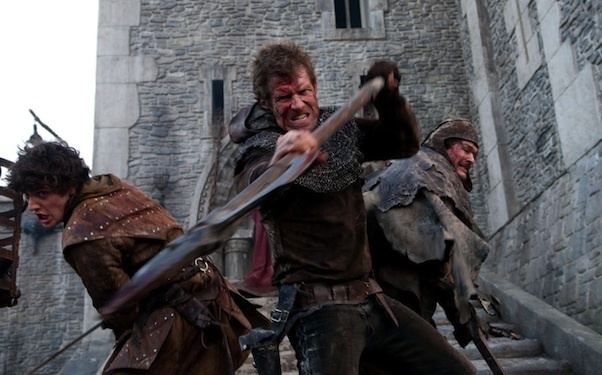
The epilogue describes King Johns death during his retreat and the reconstruction of Rochester Castle, and how it, like the Magna Carta, still stands today.
Cast
Production
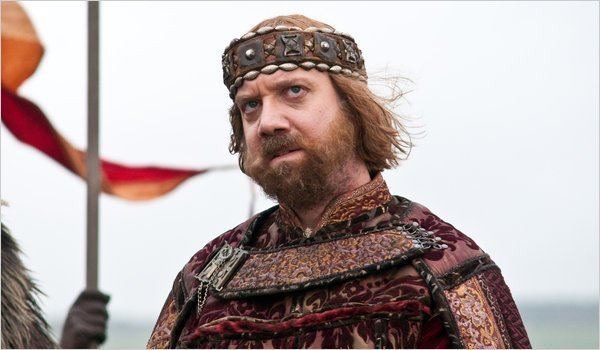
Actress Megan Fox was attached to the film when the films production company, Mythic, began promoting it to investors at the 2008 Cannes Film Festival. Fox left the film and was later replaced by Kate Mara. Due to the decreased amount of credit and financing available in 2009, the budget of the film was reduced and the entire supporting cast was changed, with the exception of actors James Purefoy and Paul Giamatti. Producer Andrew Curtis described the financing of the film as "more complex than a London Underground map" to Variety magazine; the film ended up crediting 18 executive producers.
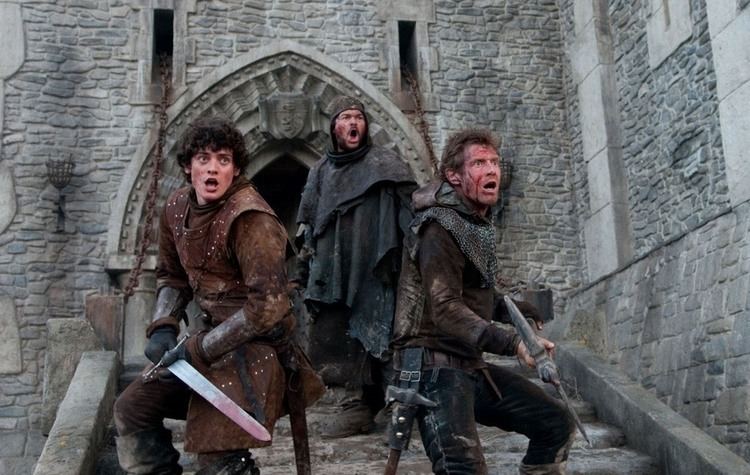
Principal photography for the film began at Dragon International Film Studios near the village Llanharan in Wales on October 9, 2009. A replica of Rochester Castle was built on the studio complex. Producer Rick Benattar strove to make the film as historically accurate as possible, recreating the historical violent siege of Rochester Castle, and letting viewers experience the battle as if they were there. Ironclad was the largest independent production that has been filmed in Wales, and was among the largest independent films shot in Britain in 2009.
Fictional elements
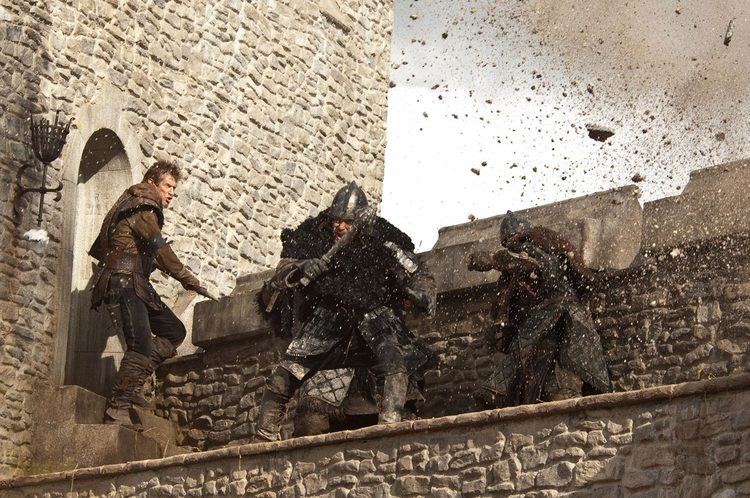
The film is only loosely based on reality. William dAubigny commanded the garrison but contemporary chroniclers do not agree on how many men that was. Estimates range from 95 to 140 knights supported by crossbowmen, sergeants, and others. John did take the castle, most of the higher nobles being imprisoned or banished; and the French did not arrive in England until some six months after the siege had ended. Characters departing significantly from the historical record include William dAubigny who was not an ennobled wool merchant (nor was he tortured and killed in the siege).
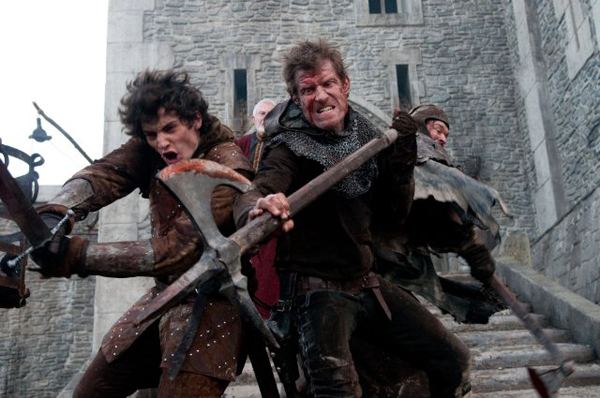
The closing narration explains that this was one of the first victories that the French had that would eventually lead to total victory. However, after Johns death in 1216, many of the English rebels preferred a weak English King in the person of nine-year-old Henry III over an experienced French monarch and thus defected to the Royalists side and the rebellion was defeated by Royalist supporters in 1217.
While the castle itself is depicted realistically, the nearby Norman Cathedral and the City of Rochester itself are completely missing from the location shots. In reality the Cathedral is only a few hundred yards from the castle walls and Rochester has been a substantial settlement since Roman times.
The films Danes are depicted as pagans when Denmark had been Christianized by that time. Also, King Johns mercenaries were mostly Flemish, Provencals and Aquitainians, not Danes.
Thomas Marshal, the main character played by James Purefoy, is based loosely upon medieval knight and statesman William Marshal.
Similar Movies
Ironclad and Ironclad: Battle for Blood are part of the same movie series. Robin Hood (2010). James Purefoy and Jason Flemyng appear in Ironclad and Solomon Kane. The Black Rose (1950). The Three Musketeers (2011).
Sequel
A sequel called, Ironclad: Battle for Blood, was announced as in development shortly after the films release. It is directed by Jonathan English and set 1 year after the end of the first film. In late 2013 a trailer was released, and the film was released in March 2014.
References
Ironclad (film) WikipediaIronclad (film) IMDbIronclad (film) Rotten TomatoesIronclad (film) MetacriticIronclad (film) themoviedb.org
